Spotlight Map
Zakynthos Places to See
A diverse variety of culture and nature
Zakynthos is on every traveler’s bucket list and remains one of the world's trendiest and most desirable destinations. Colorful and exotic, the island is nicknamed “fior di levante” for good reason. From rich cultural heritage and pristine beaches to hot nightclubs and thrilling watersports, Zakynthos is a quintessential paradise. Check out our de facto vacation guide to see our top picks surrounding all things fun, sun and glam. Spoiler alert: Shipwreck Beach isn’t the only Instagrammable point of interest the island has to offer!
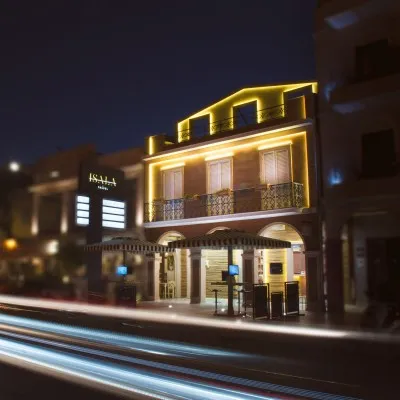
Attractions
Isala Travel
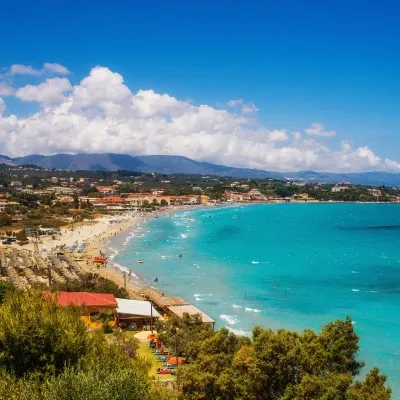
Top Beaches
Tsilivi Beach
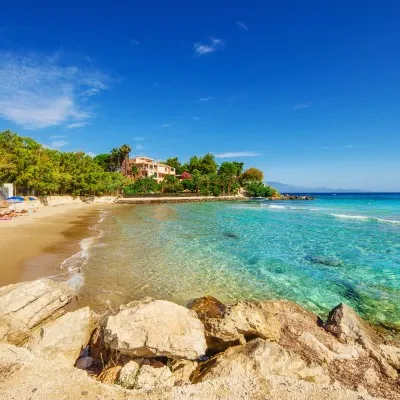
Top Beaches
Amoudi Beach
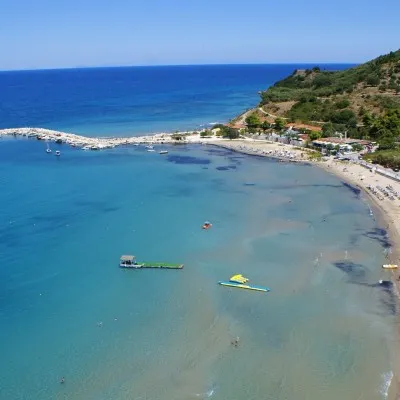
Top Beaches
Alykes Beach
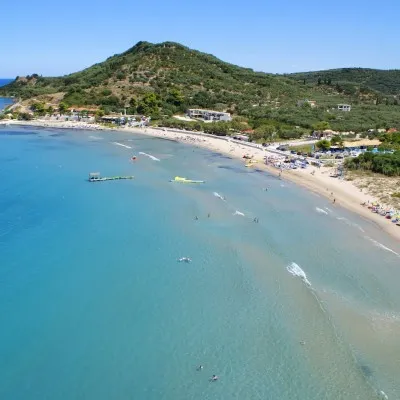
Top Beaches
Alykanas Beach
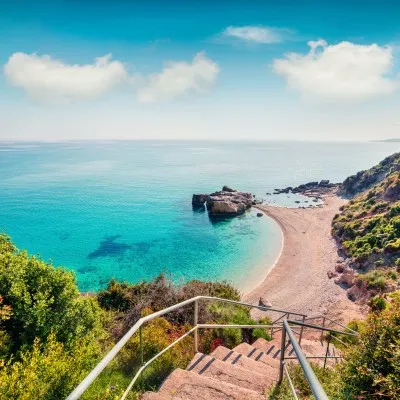
Top Beaches
Pelagaki Beach
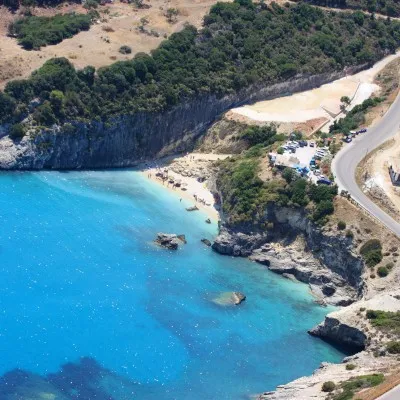
Top Beaches
Xigia Beach
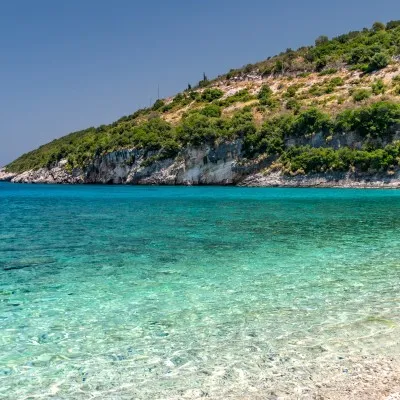
Top Beaches
Makris Gialos
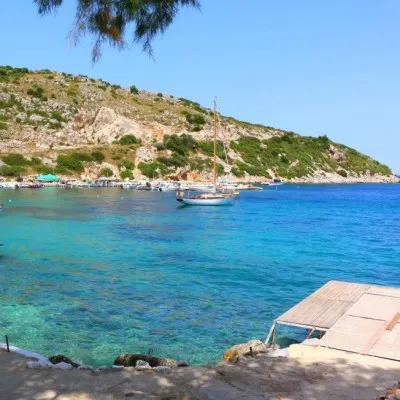
Top Beaches
Agios Nikolaos Volimon
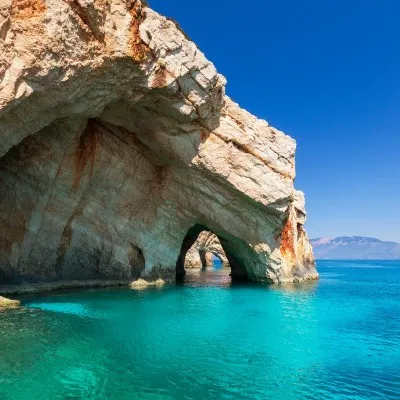
Attractions
Top Beaches
Blue Caves
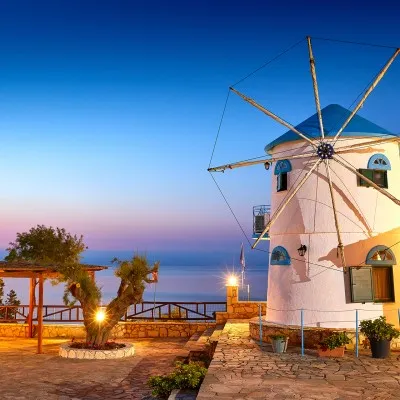
Top Beaches
Cape Skinari
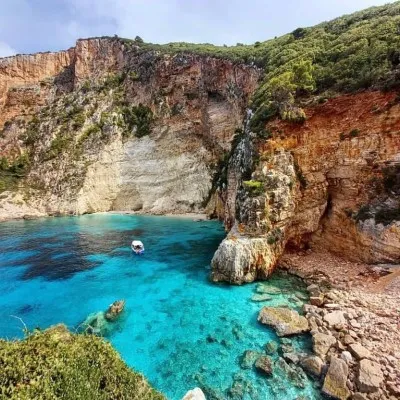
Top Beaches
Filippoi Beach-Porto Sellinas
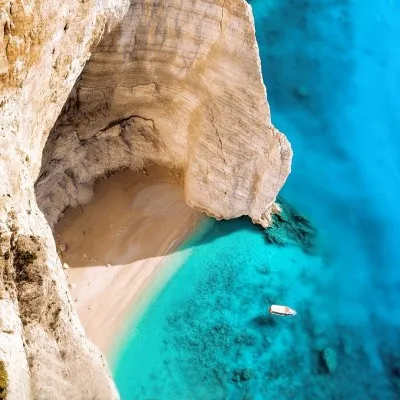
Top Beaches
Attractions
Agios Andreas Beach
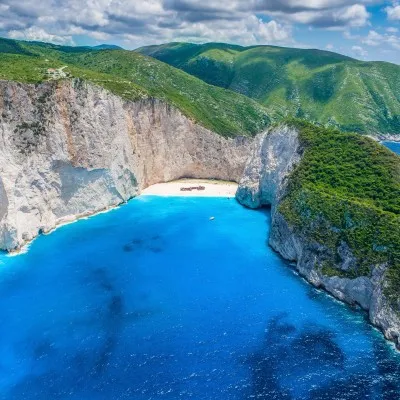
Top Beaches
Attractions
Shipwreck Beach
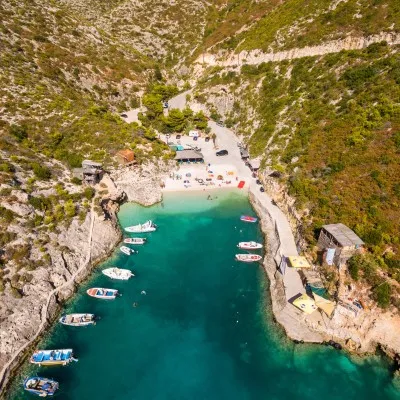
Top Beaches
Porto Vromi Maries
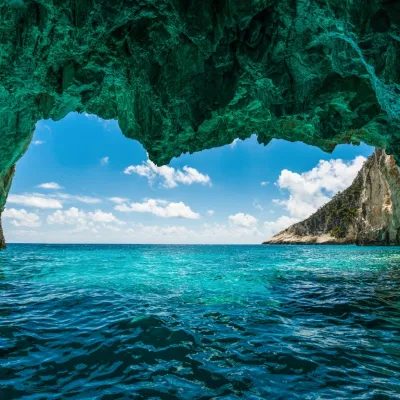
Top Beaches
Local Blue Caves
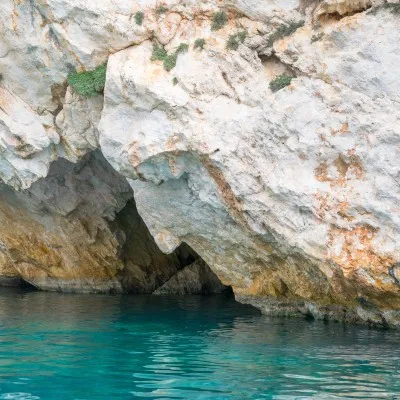
Top Beaches
The rock of Poseidon
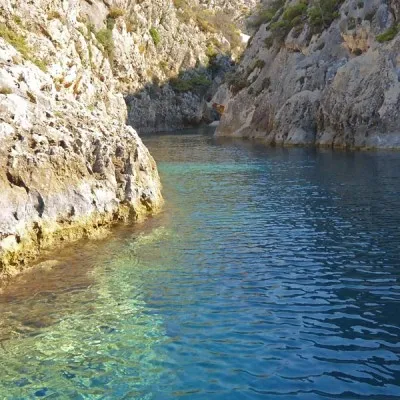
Top Beaches
Porto Stenitis
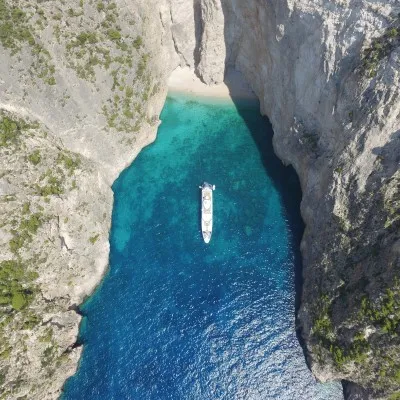
Top Beaches
Ladi Beach-Oil Beach
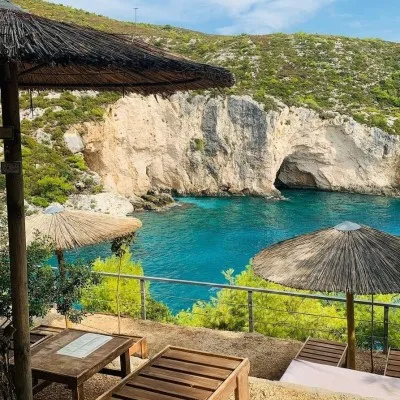
Top Beaches
Porto Limnionas
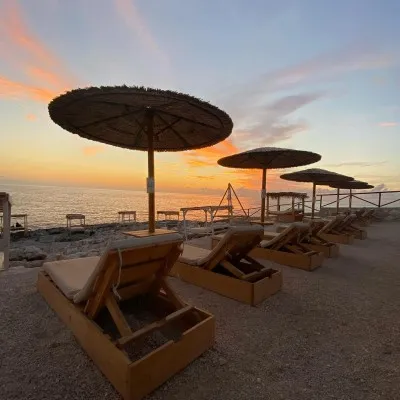
Top Beaches
Porto Roxa
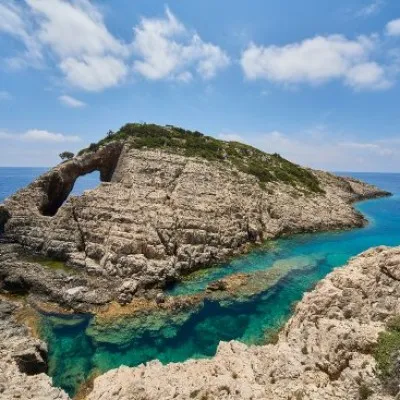
Top Beaches
Korakonisi
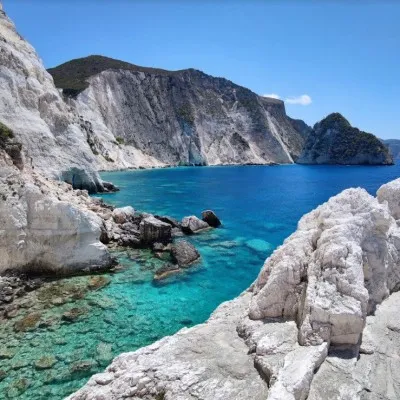
Top Beaches
Plakaki Beach
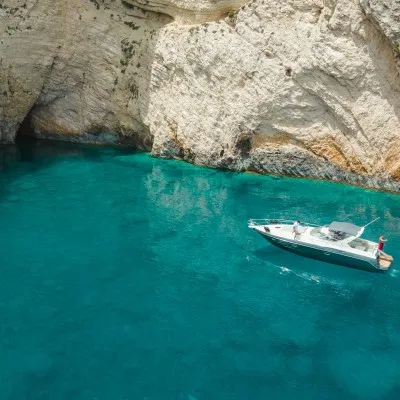
Top Beaches
Piscines Bay
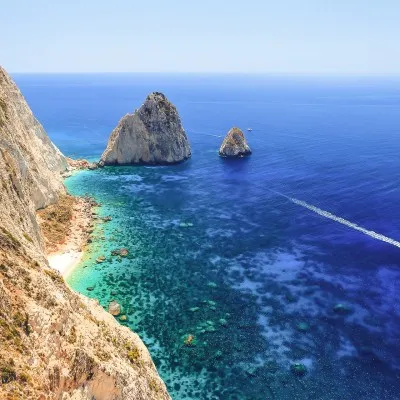
Top Beaches
Attractions
Mizithres Beach
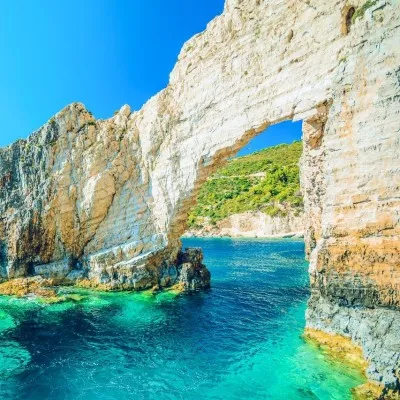
Top Beaches
Attractions
Keri Caves
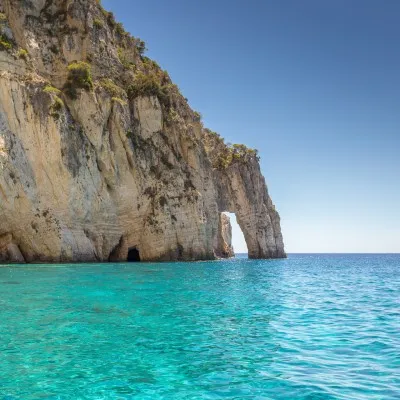
Top Beaches
Oasis Beach
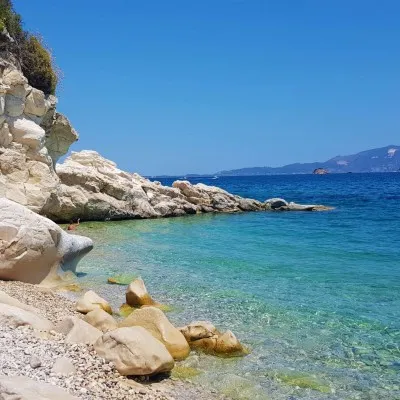
Top Beaches
Marathias Beach
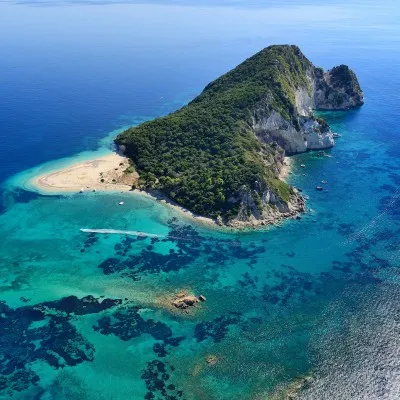
Top Beaches
Attractions
Turtle-Marathonisi Island
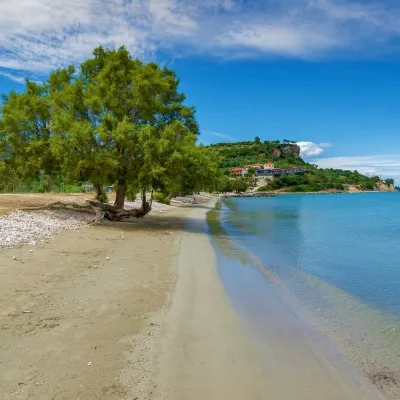
Top Beaches
Limni Keri
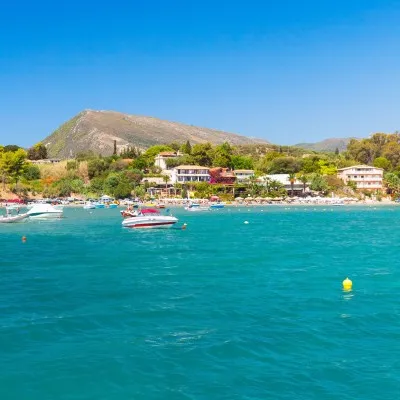
Top Beaches
Agios Sostis Harbor
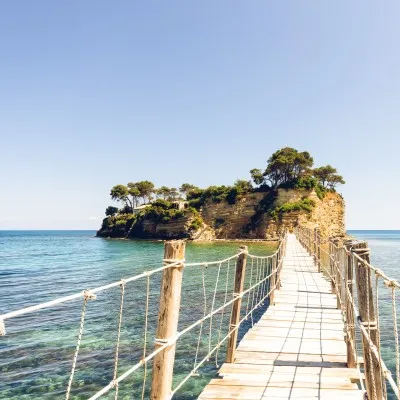
Top Beaches
Cameo Island
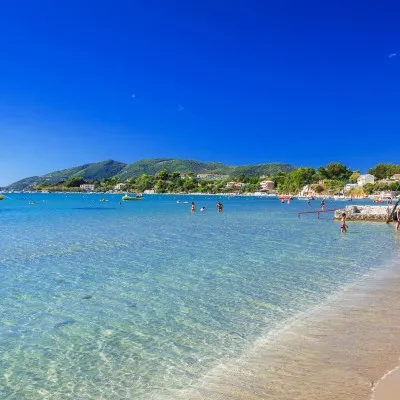
Top Beaches
Laganas Beach
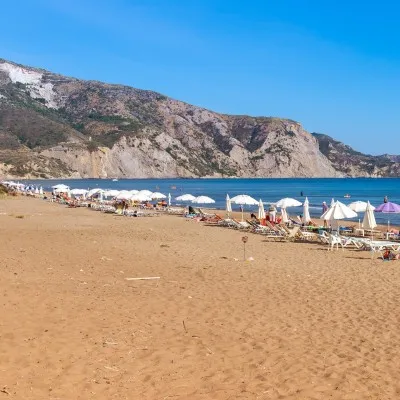
Top Beaches
Kalamaki Beach
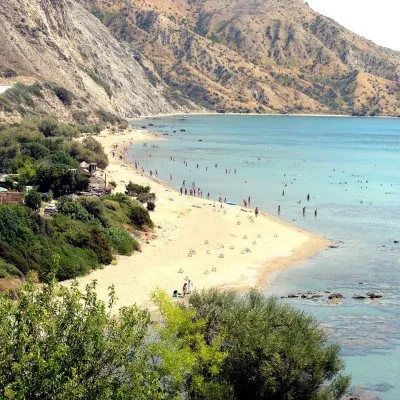
Top Beaches
Dafni Beach
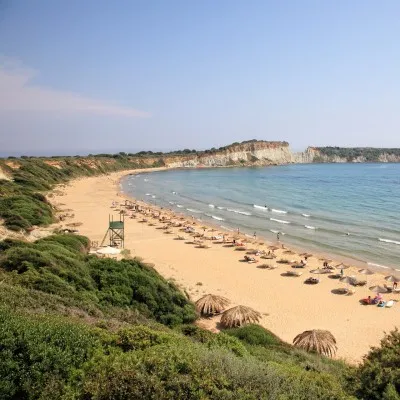
Top Beaches
Gerakas Beach
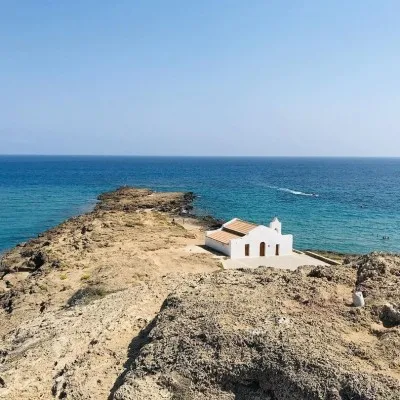
Top Beaches
St. Nicholas Beach, Vasilikos
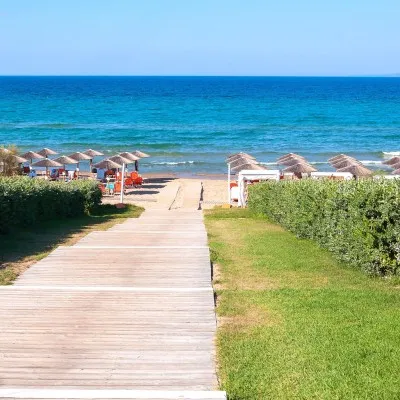
Top Beaches
Banana Beach
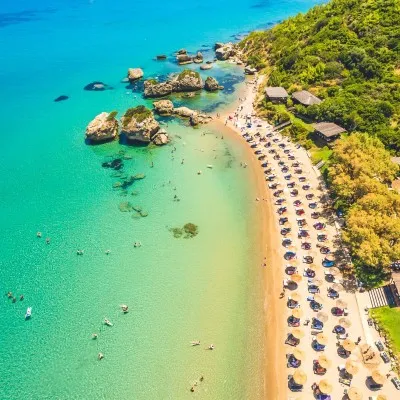
Top Beaches
Porto Azzuro
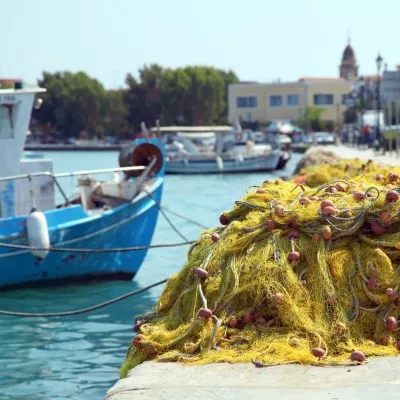
Culture
Zakynthos' Marina
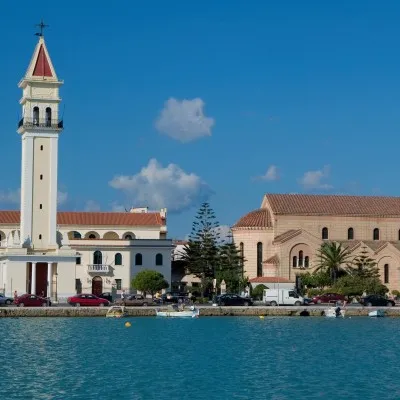
Culture
St. Dionysios Church

Culture
Dionisios Solomos Square
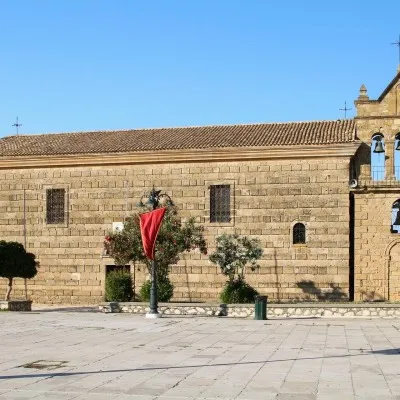
Culture
St. Nicholas of Molos Church
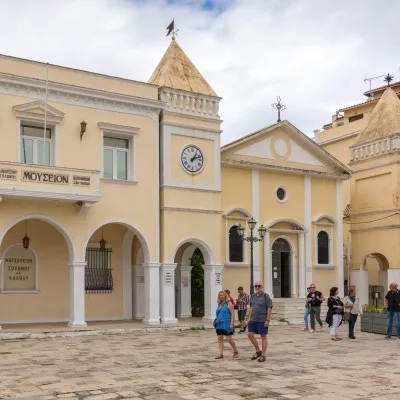
Culture
St. Marcus Square
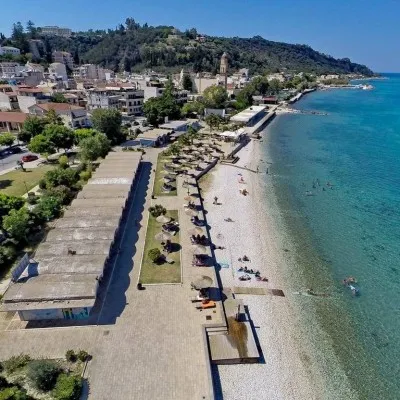
Top Beaches
Culture
Zakynthos Town Beach-Plaz EOT
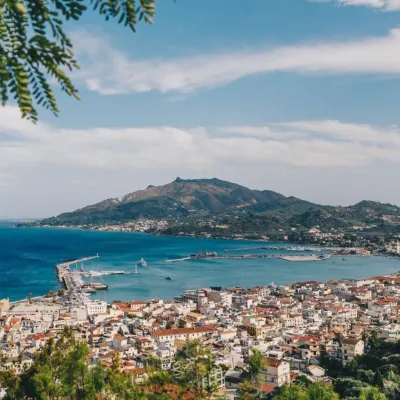
Culture
Bochali Hill
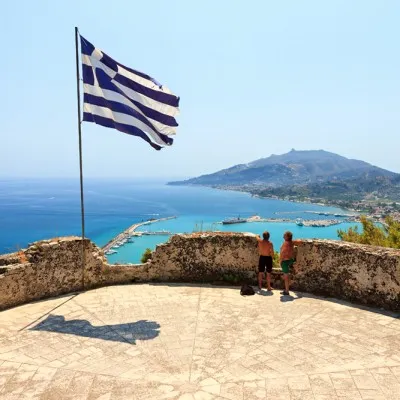
Culture
Venetian Castle

Culture
Strani's Hill
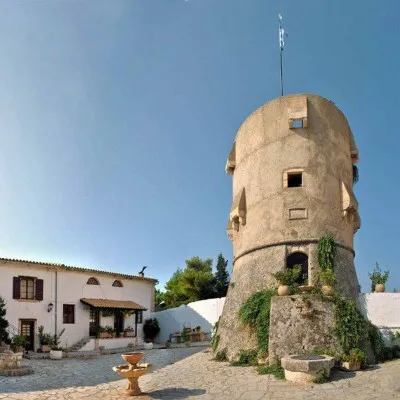
Culture
Monastery of St. George of Gremnon
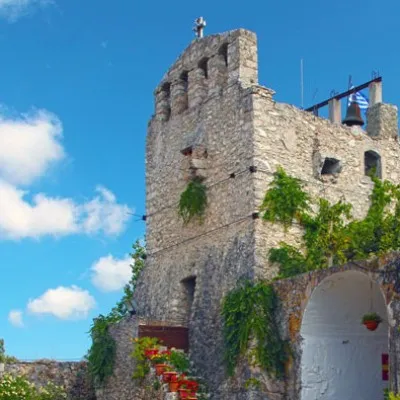
Culture
Anafonitria Village & Monastery of Anafonitrias
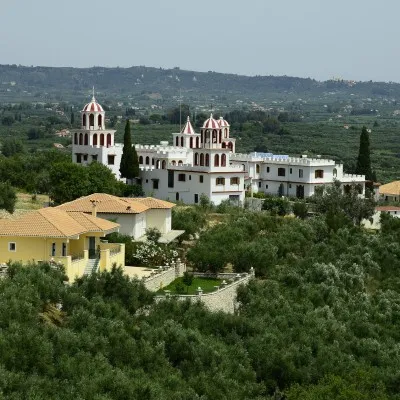
Culture
Monastery of Eleftherotria
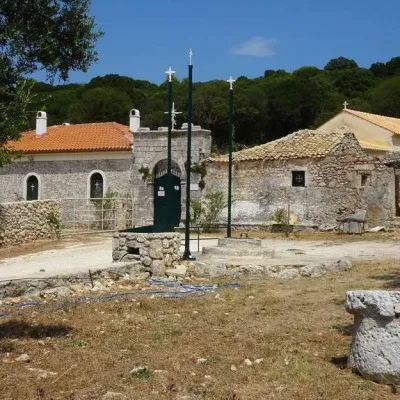
Culture
Monastery of Yperagathos
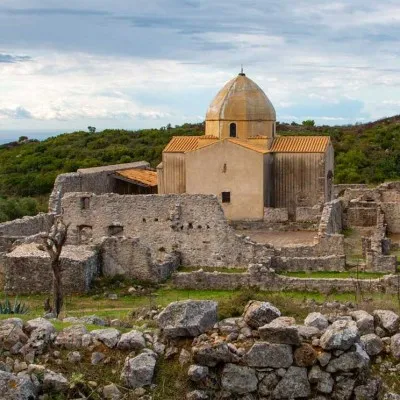
Culture
Monastery of Skopiotisa
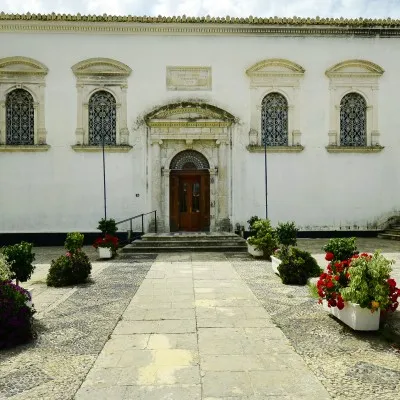
Culture
Church of St. Timothy & Agia Mavra
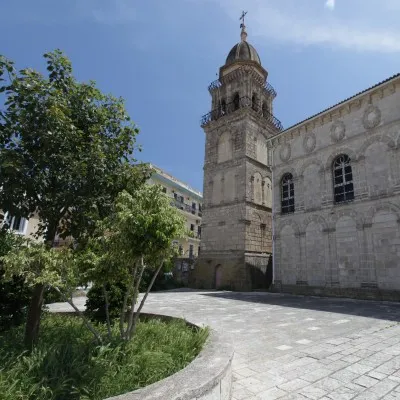
Culture
Faneromeni Church
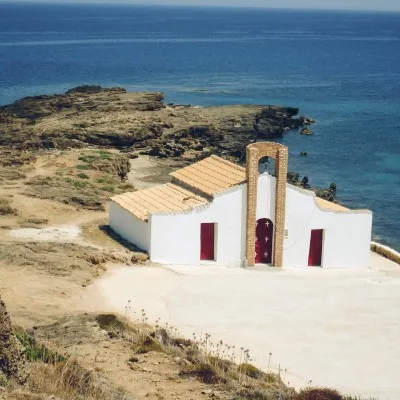
Culture
St. Nicholas Chapel in Vasilikos
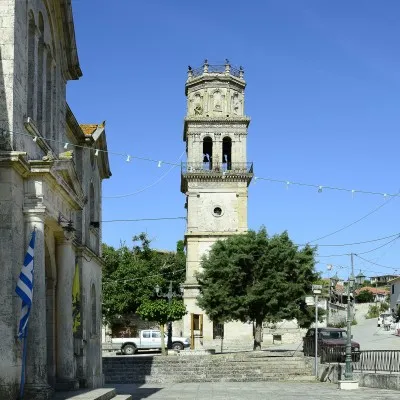
Culture
St. Nicholas Church in Koiliomenos
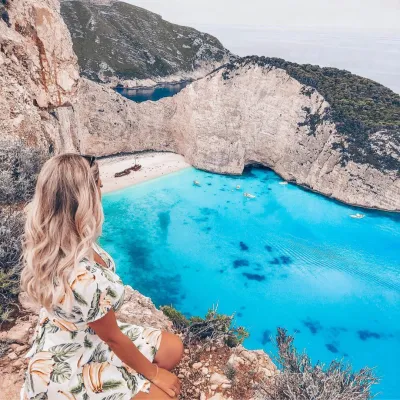
Attractions
Culture
Shipwreck Viewpoint

Culture
Grampsas Winery
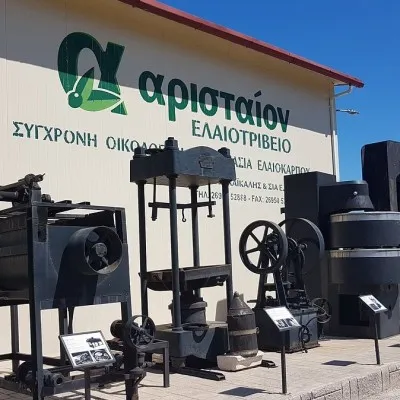
Culture
Aristeon Olive Oil Factory
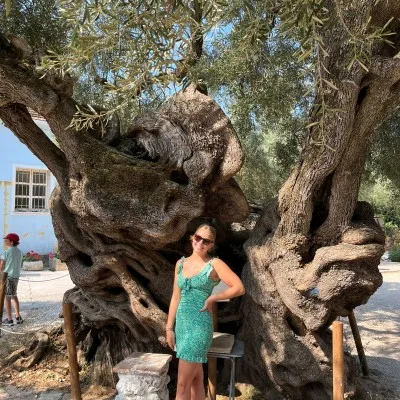
Culture
The oldest Olive Tree-in Exo Hora
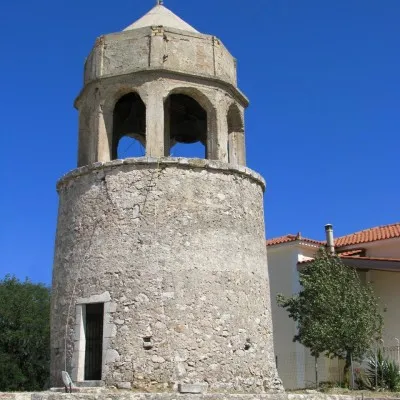
Culture
Agios Leon Traditional Village & Bell Tower
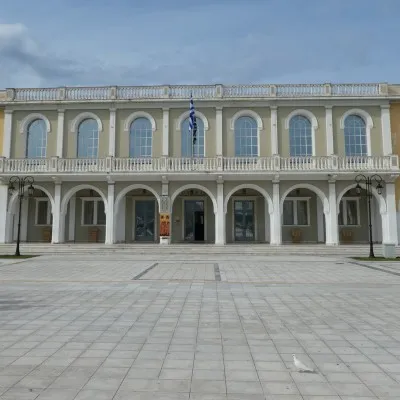
Culture
Byzantine Museum of Zakynthos
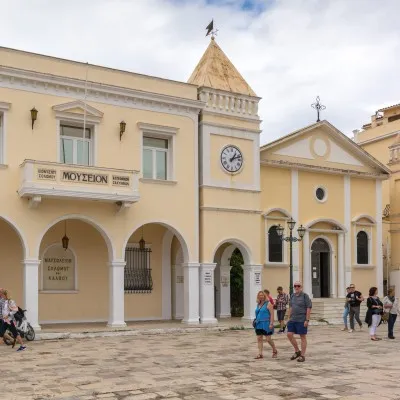
Culture
Museum of D. Solomos and A. Kalvos
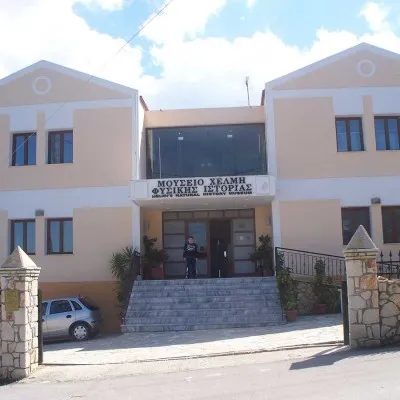
Culture
Helmi's Natural History Museum
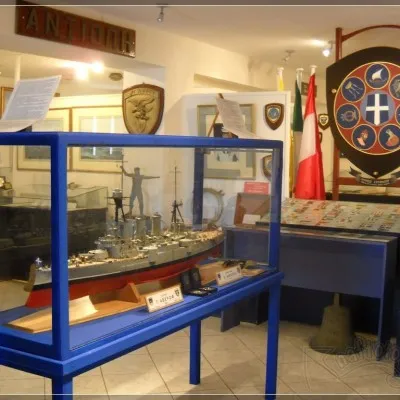
Culture
Naval Museum
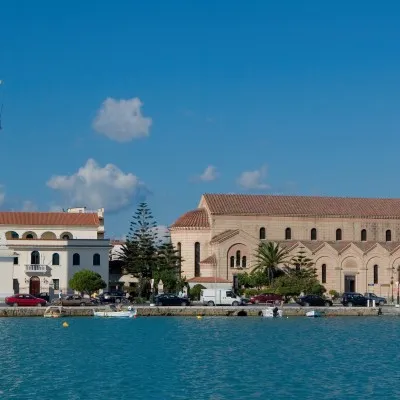
Culture
Ecclesiastical Museum
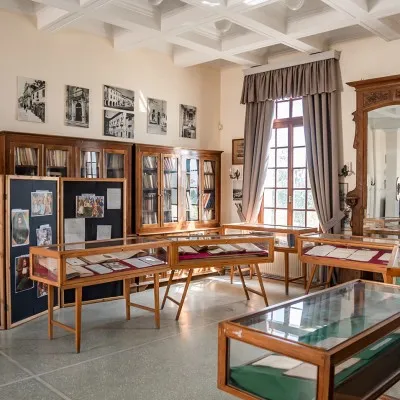
Culture
Town Hall Library
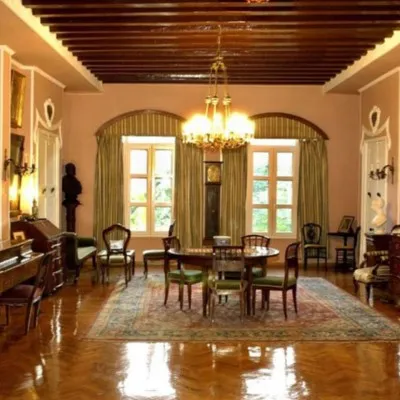
Culture
Romas Mansion
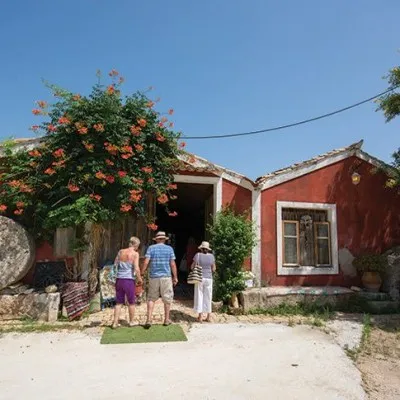
Culture
Vertzagio Museum
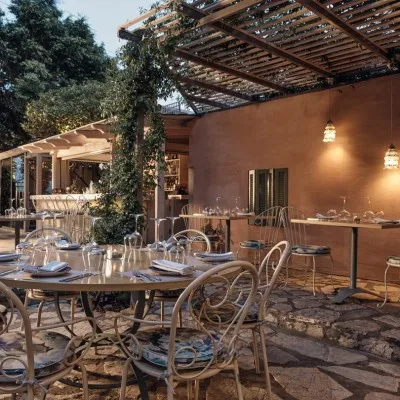
Gastronomy
Prosilio Restaurant
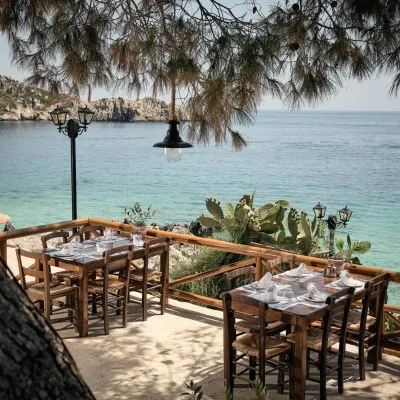
Gastronomy
Nobelos Bio Restaurant
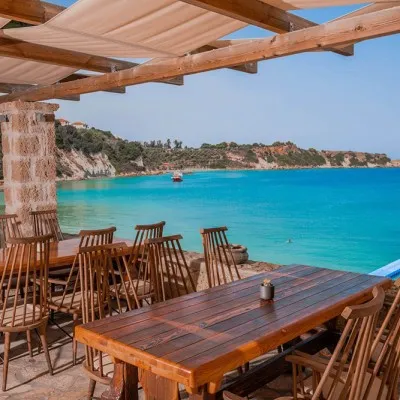
Gastronomy
Porto Roma Restaurant
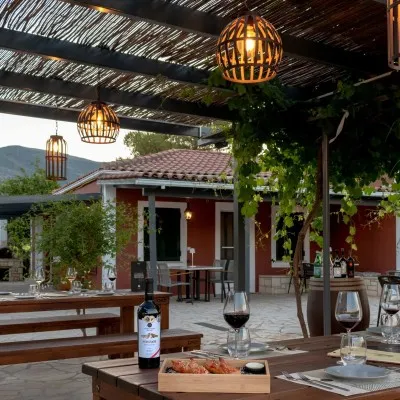
Gastronomy
Grampsas Winery-Restaurant
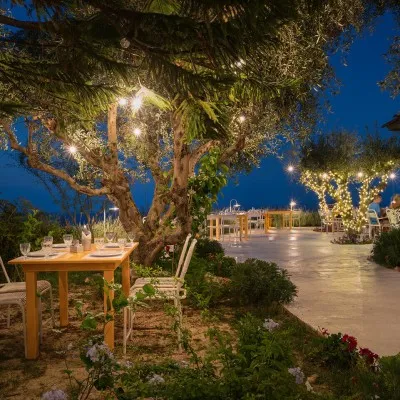
Gastronomy
Bassia Restaurant
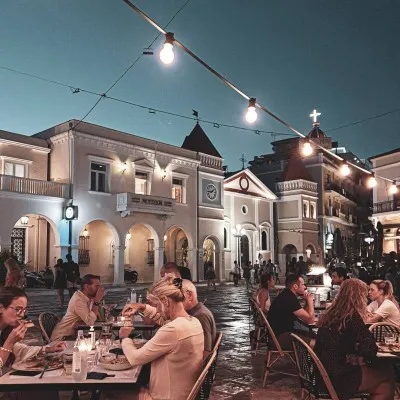
Gastronomy
Alesta Restaurant
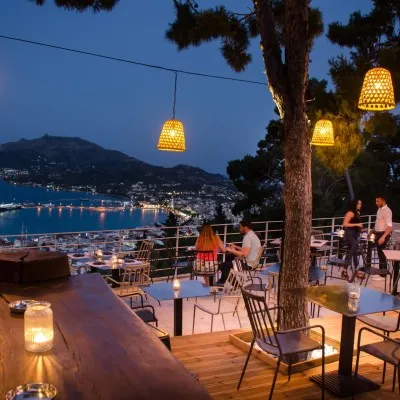
Gastronomy
Movida Restaurant
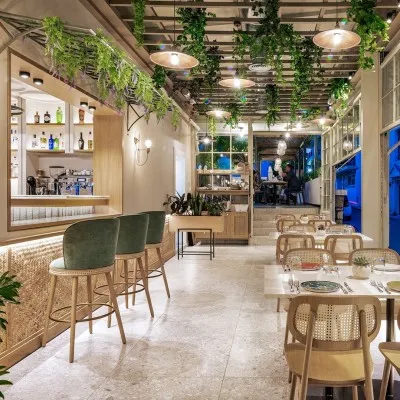
Gastronomy
Paradosiako Restaurant
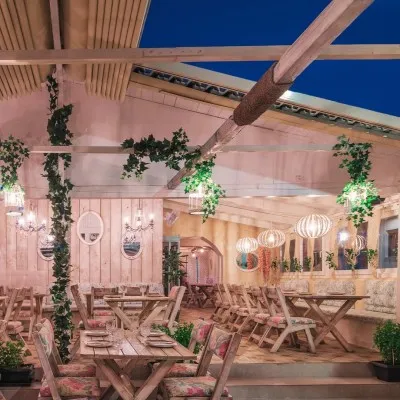
Gastronomy
Yard of Taste (Avli) Restaurant
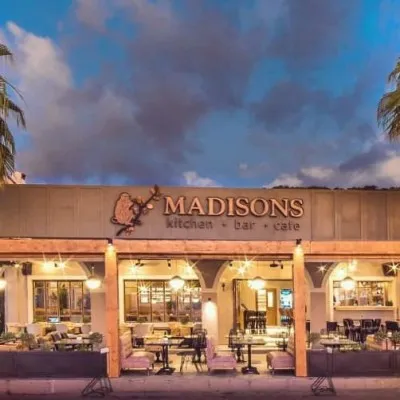
Gastronomy
Madisons Kitchen Bar
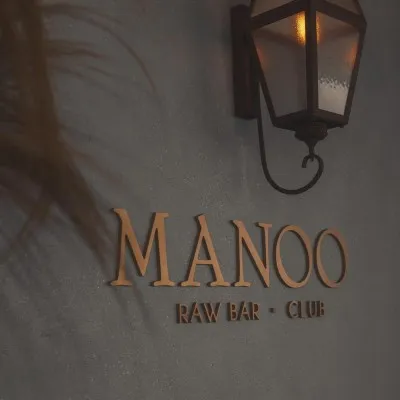
Gastronomy
Manoo Raw Bar Restaurant

Gastronomy
Isalos Restaurant

Gastronomy
Amoudi Restaurant

Gastronomy
Aeras Restaurant
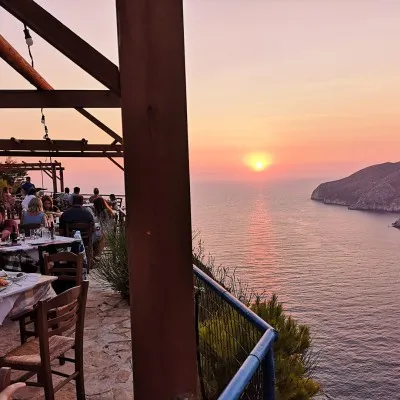
Gastronomy
Michalis Sunset Taverna
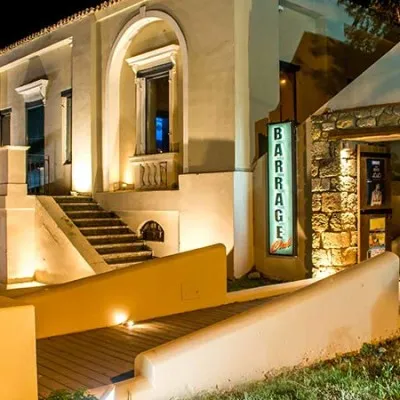
Gastronomy
Barrage Club

Cruise Ship Tender Pier
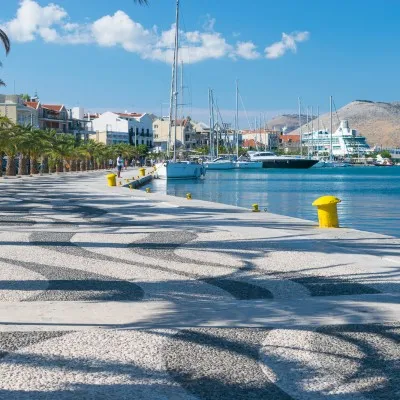
Top Beaches
Argostoli
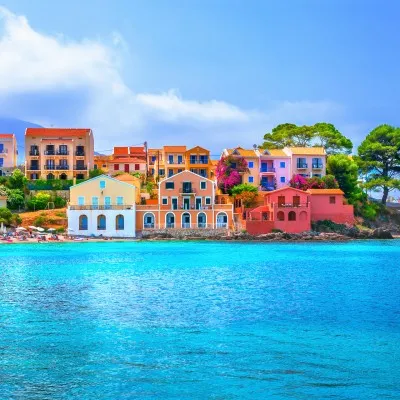
Top Beaches
Assos Village and Assos Castle
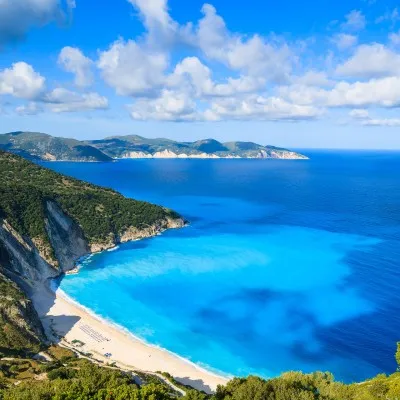
Top Beaches
Myrtos Beach
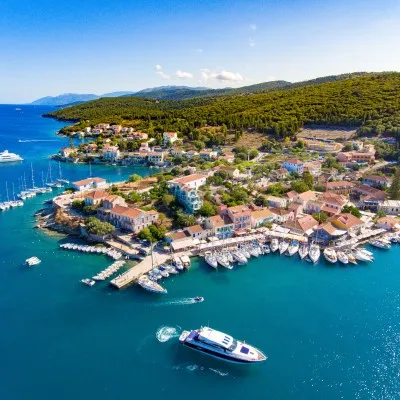
Top Beaches
Fiskardo
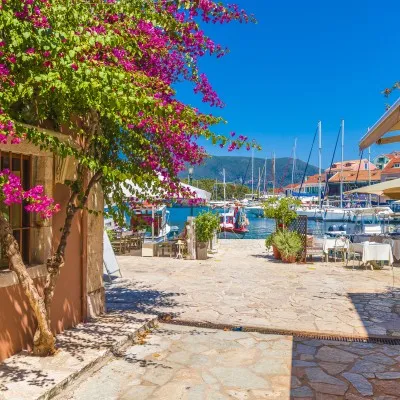
Top Beaches
Sami
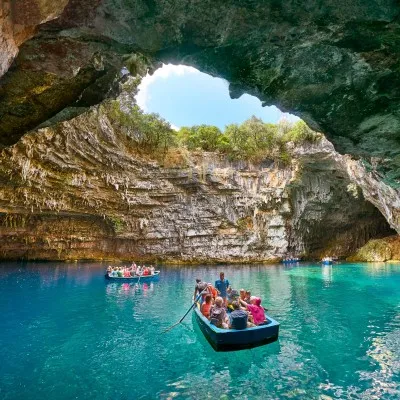
Top Beaches
Lake of Melissani
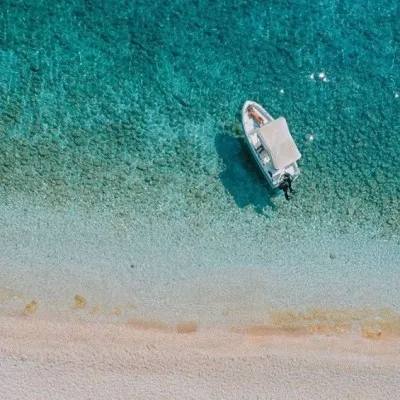
Top Beaches
Koutsoupia Beach
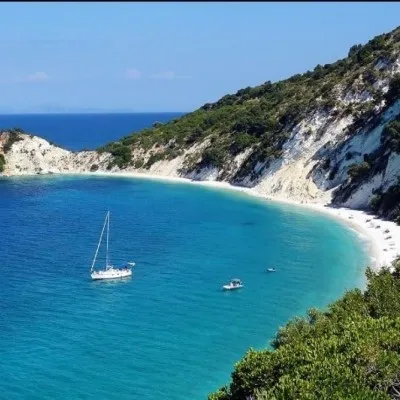
Top Beaches
Gidaki Beach
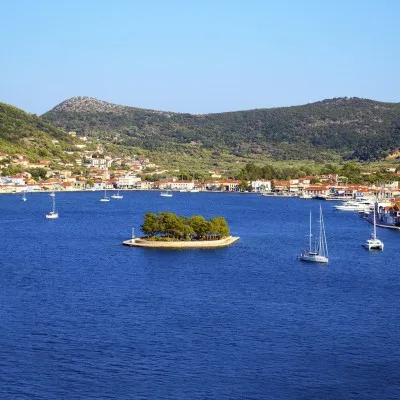
Top Beaches
Pera Pigadi
.jpg)
Top Beaches
Vathy
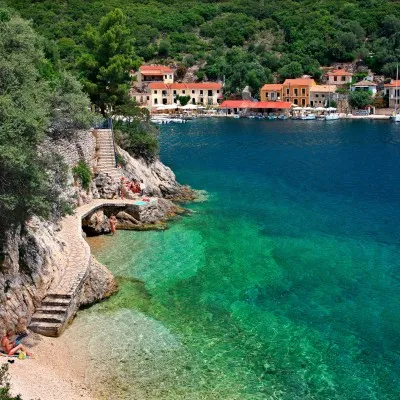
Top Beaches
Kioni

Top Beaches
Frikes Port
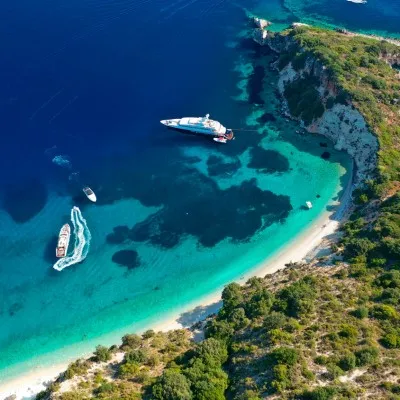
Top Beaches
Afales Beach
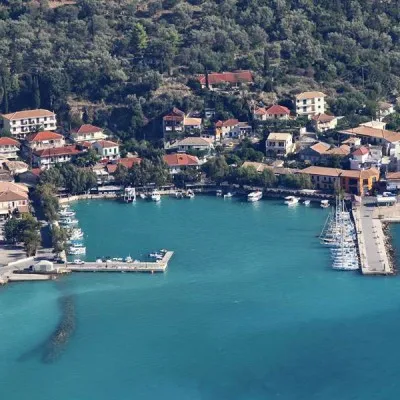
Top Beaches
Vasiliki Port
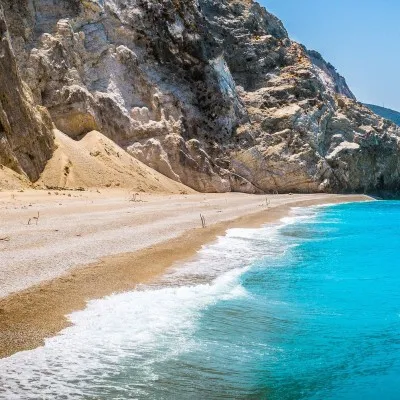
Top Beaches
Egremnoi Beach
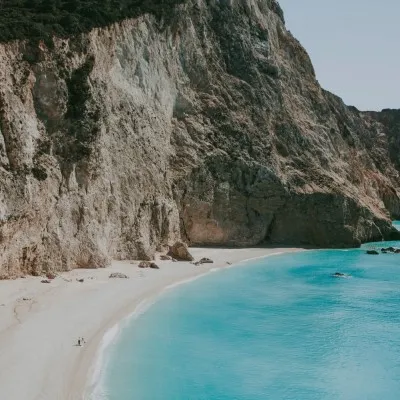
Top Beaches
Porto Katsiki
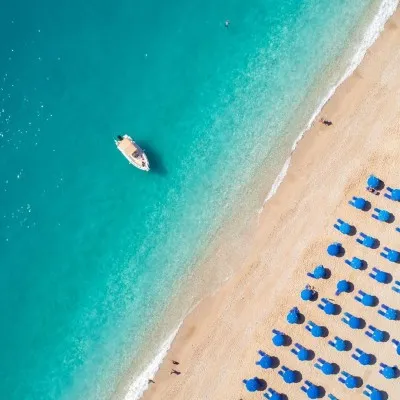
Top Beaches
Kathisma Beach
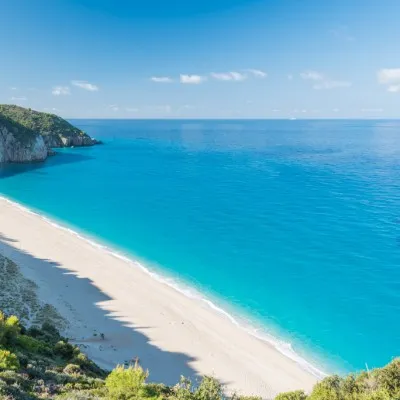
Top Beaches
Mylos Beach
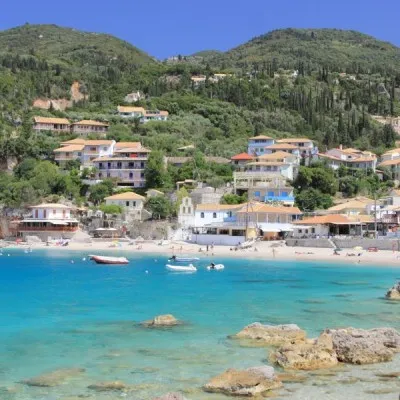
Top Beaches
Agios Nikitas Beach
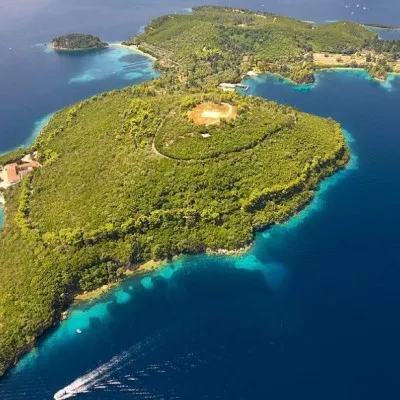
Top Beaches
Skorpios Island
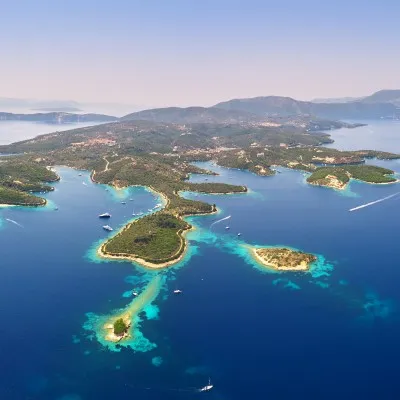
Top Beaches
Meganisi Island
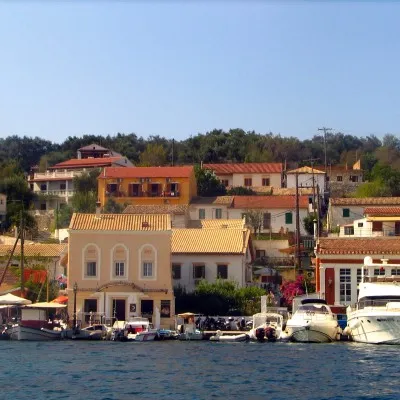
Top Beaches
Port of Gaios
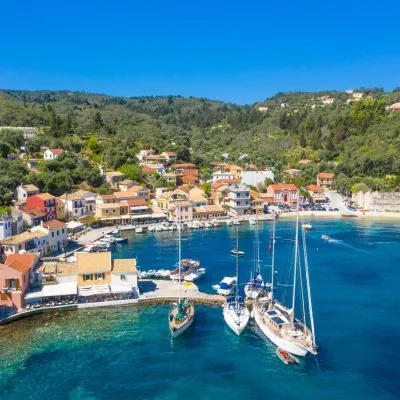
Top Beaches
Loggos Beach
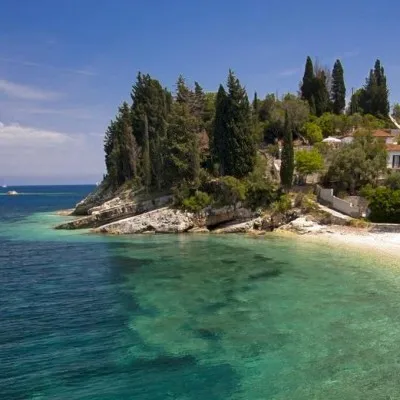
Top Beaches
Levrechio Beach
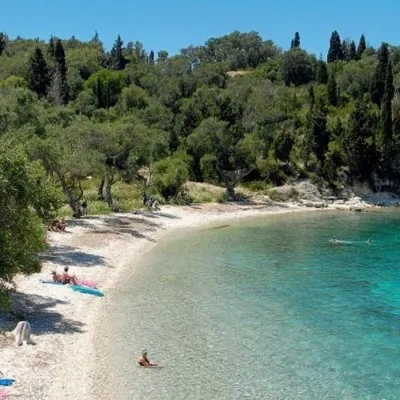
Top Beaches
Marmari Beach
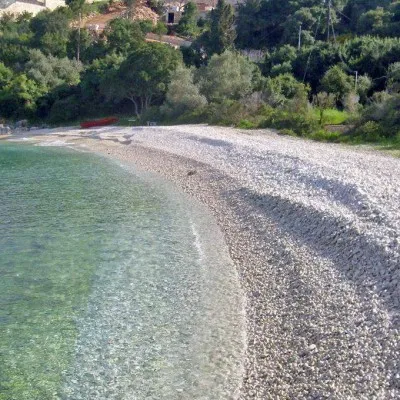
Top Beaches
Kaki Langada
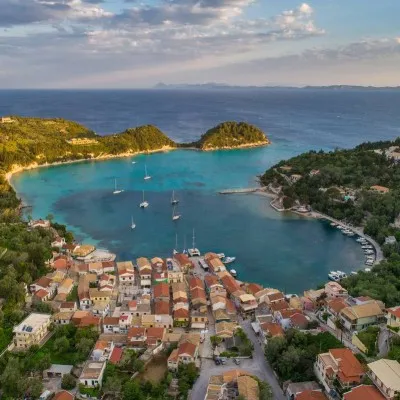
Top Beaches
Lakka Village Paxi
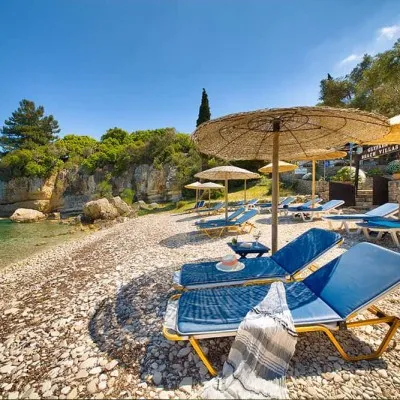
Top Beaches
Monodendri Beach
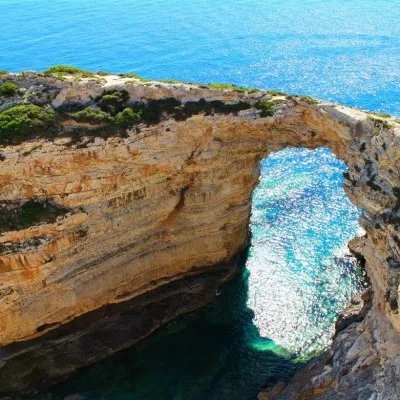
Top Beaches
Tripitos Arch
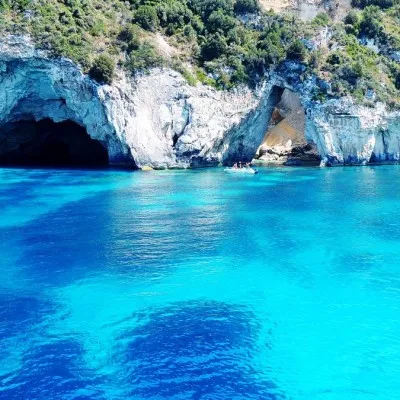
Top Beaches
Blue Caves, Paxoi
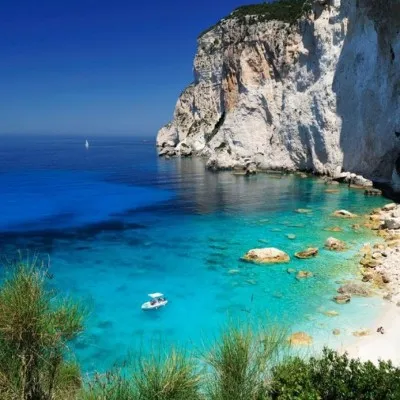
Top Beaches
Erimitis Beach
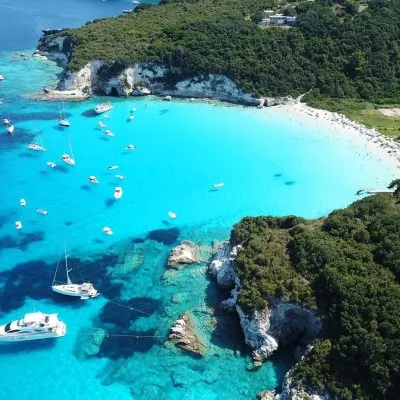
Top Beaches
Antipaxoi
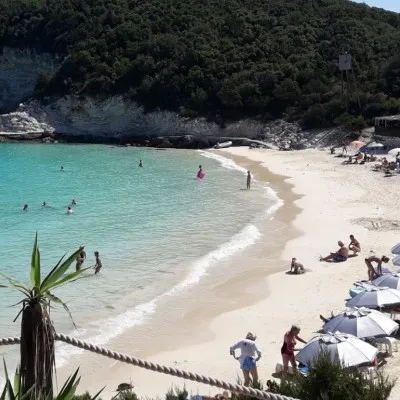
Top Beaches
Vrika Beach
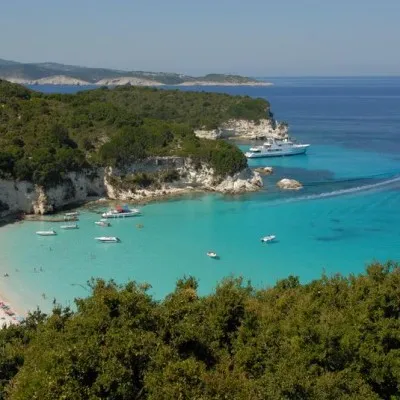
Top Beaches
Voutoumi Beach
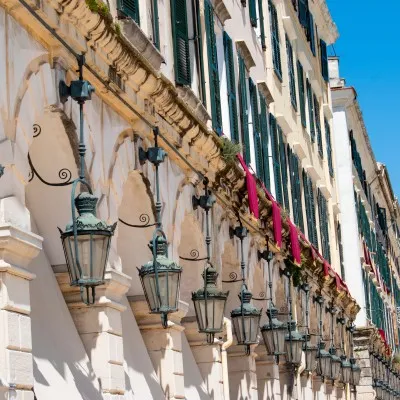
Top Beaches
Corfu Island
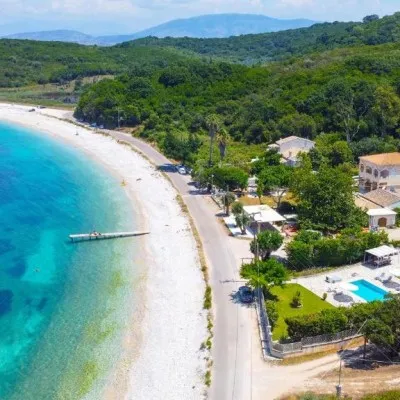
Top Beaches
Avlaki Beach
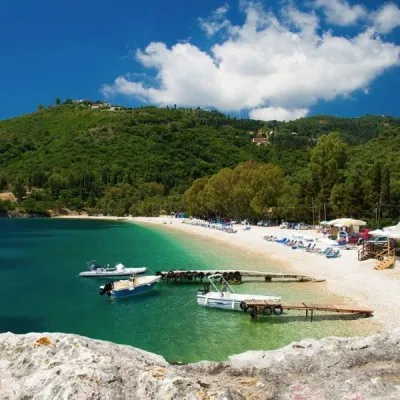
Top Beaches
Kerassia beach
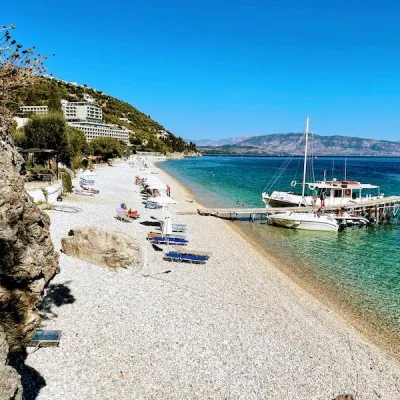
Top Beaches
Nissaki beach
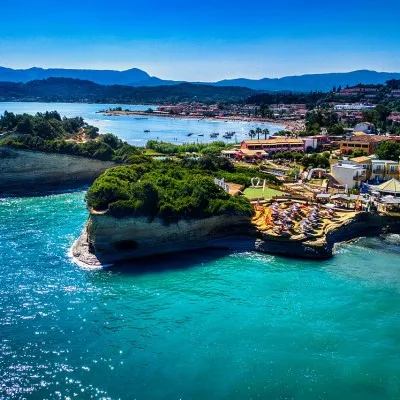
Top Beaches
Sidari Beach
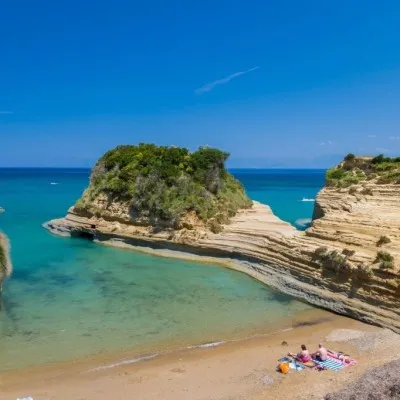
Top Beaches
Canal D' Amour
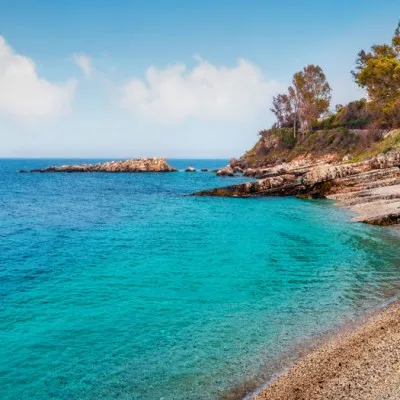
Top Beaches
Kassiopi Beach
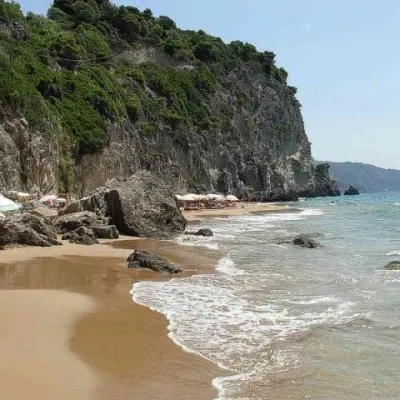
Top Beaches
Myrtiotissa beach
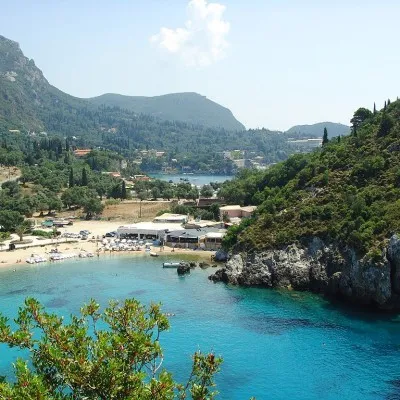
Top Beaches
Paleokastritsa Beaches

Top Beaches
Glyfada Beach
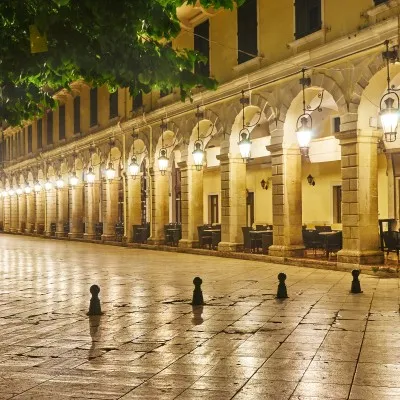
Culture
Old Town of Corfu
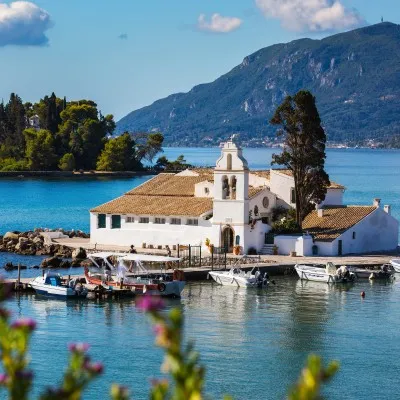
Culture
Vlaherna Monastery
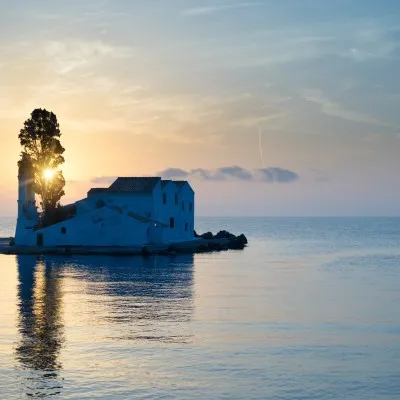
Culture
The chapel of the Pantocrator
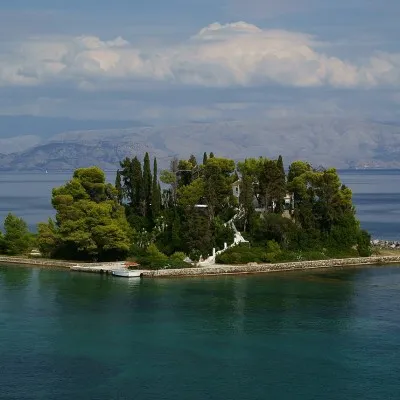
Culture
Pontikonisi (Mouse Island)
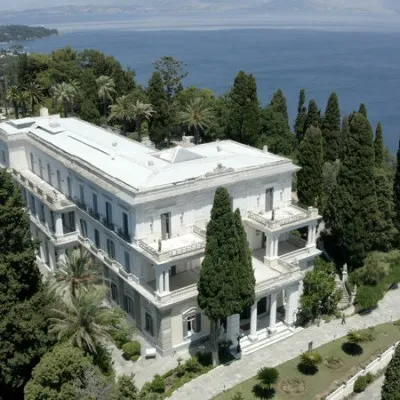
Culture
Achillion Palace
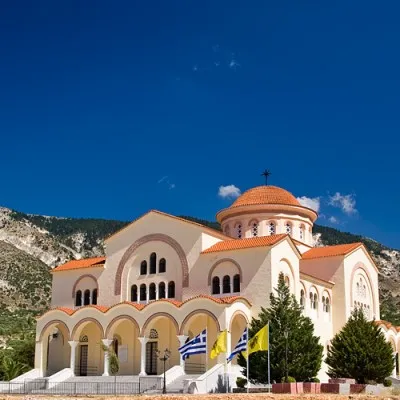
Culture
Agios Gerasimos Monastery & Cave in Lassi
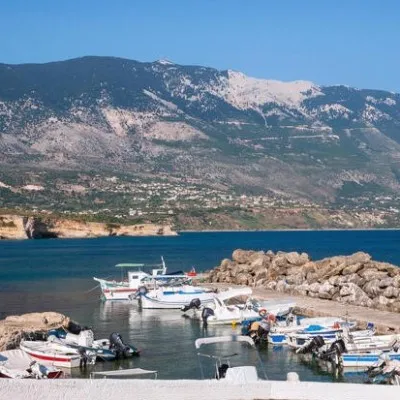
Culture
Pessada Port
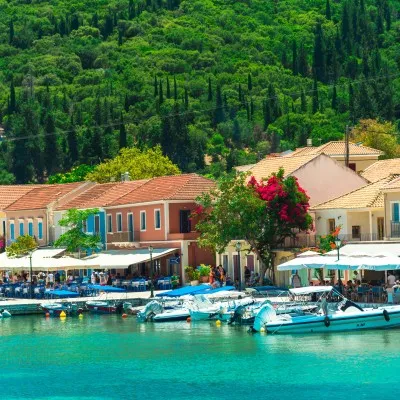
Attractions
Kefalonia

Gastronomy
Paradosiako Restaurant
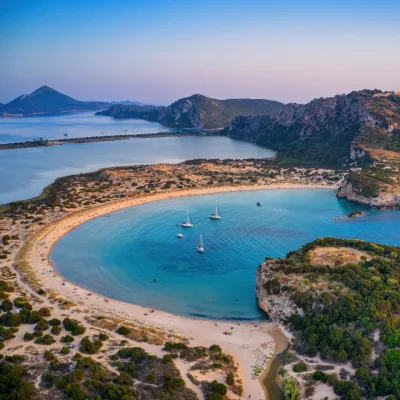
Top Beaches
Voidokilia Beach
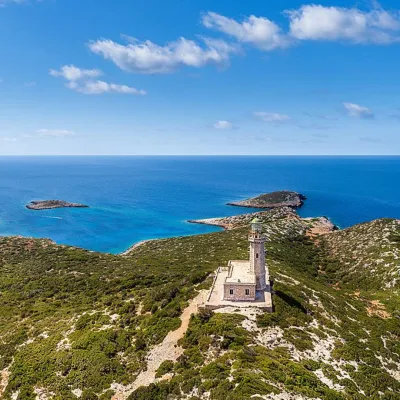
Top Beaches
Sapientza Island
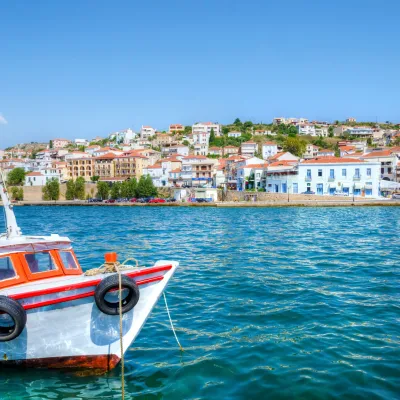
Culture
Pylos
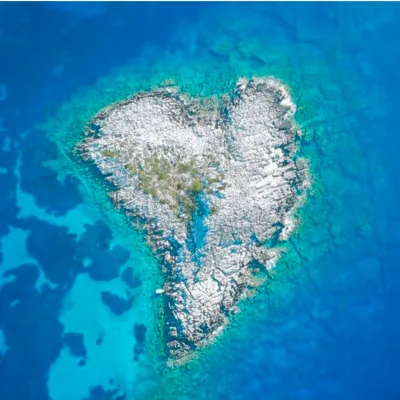
Attractions
Top Beaches
Nisos Kardia (Heart Island)
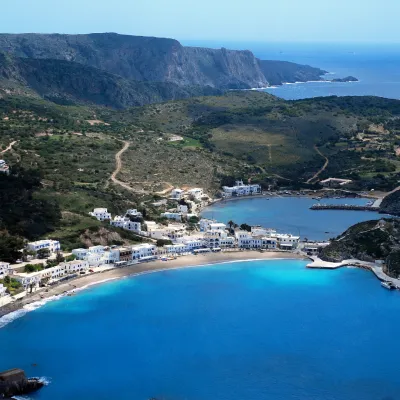
Top Beaches
Kithira Island
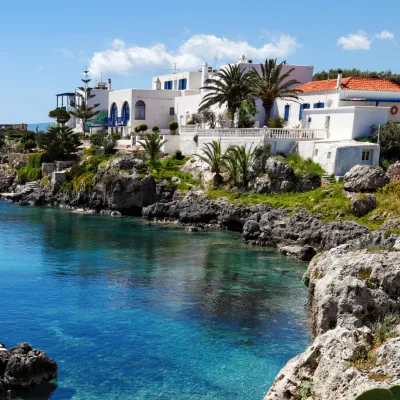
Top Beaches
Avlemonas Beach
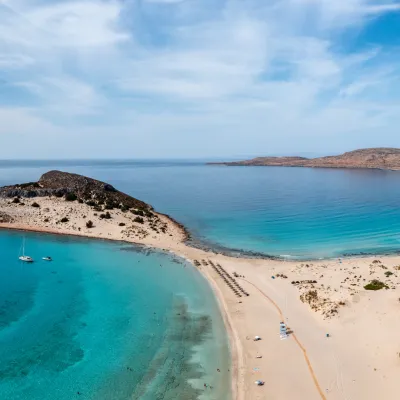
Top Beaches
Elafonisos Island
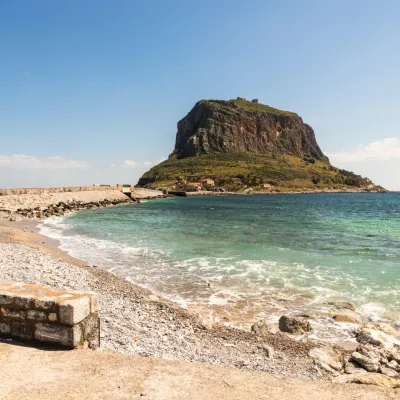
Attractions
Monemvasia

Top Beaches
Kyparissi
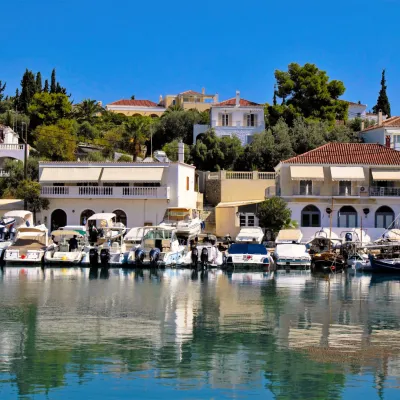
Attractions
Top Beaches
Spetses Island

Attractions
Top Beaches
Hydra Island
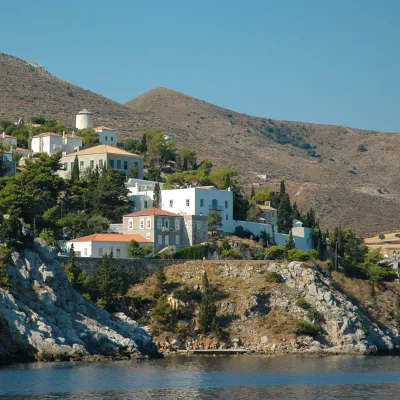
Top Beaches
Vlichos Beach
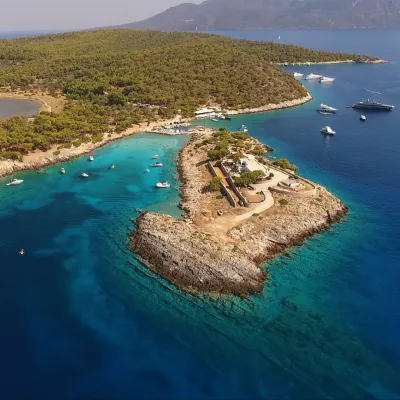
Attractions
Top Beaches
Agistri Island
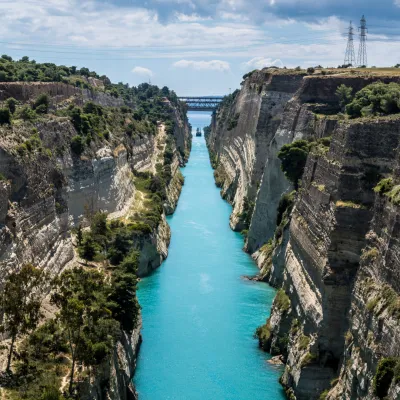
Attractions
Corinth Canal
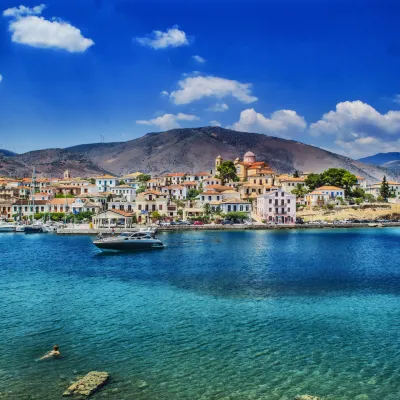
Attractions
Galaxidi
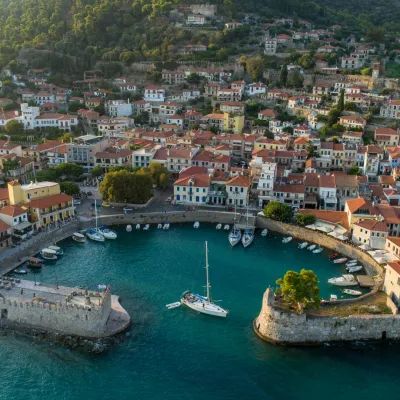
Attractions
Top Beaches
Nafpaktos
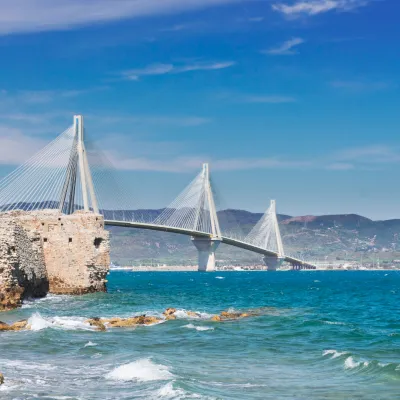
Attractions
Rio-Antirrio Bridge